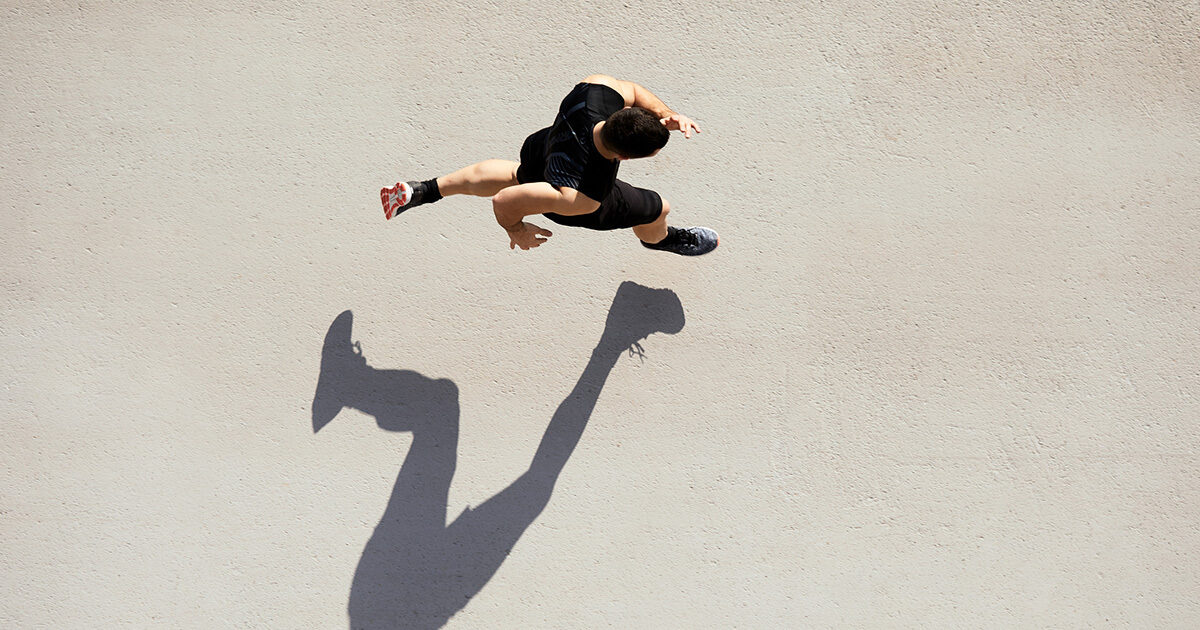Understanding Relative Energy Deficiency in Sport (RED-S): Symptoms and Treatment
UT Health Austin clinicians discuss the importance of adequate caloric intake for young athletes
Reviewed by: J. Mica Guzman, Jr., MD, MBA, DABFM, CAQSM; Mia Roldan, LCSW, LCDC; Akua Afriyie-Gray, MD, FACOG; Lizette Taboada, RD, LD
Written by: Lauren Schneider

Relative energy deficiency in sport (RED-S) arises when an athlete’s energy output greatly exceeds their caloric energy intake. This condition greatly affects young athletes as their bodies develop and their nutrient needs increase.
Reproductive Detours
According to Akua Afriyie-Gray, MD, a pediatric and adolescent gynecologist at Pediatric and Adolescent Gynecology, a clinical partnership between Dell Children’s Medical Center and UT Health Austin, “Inadequate nutrition can disrupt reproductive function.”
One reproductive consequence of low energy intake is hypothalamic hypogonadism, a disruption in the pathway by which the brain’s hypothalamus governs activity in the gonads (ovaries or testes). Comparing this circuit to a highway that connects the hypothalamus, the pituitary gland, and the gonads, Dr. Afriyie-Gray says, “In individuals with hypothalamic hypogonadism, everything is stopping at that first exit off the highway at the hypothalamus instead getting to the pituitary and the gonads.”
This impaired communication between the brain and ovaries can lead to hypothalamic amenorrhea, the partial or full suppression of one’s menstrual cycle. According to Dr. Afriyie-Gray, “losing one’s period in this way is often normalized within certain sports, including distance running, dance, and gymnastics. Because it’s very common to have hypothalamic amenorrhea in those situations, people say, ‘That’s how it is. It’s just normal.’ It’s not quite normal because you are at risk for injuries that could affect the sport.”
J. Mica Guzman, MD, MS, DABFM, RMSK, CAQSM, a board-certified sports medicine specialist and the Primary Care Sports Medicine Clinical Director for the Sports and Injury Clinic within UT Health Austin’s Musculoskeletal Institute, warns, “Certain athletes may view amenorrhea as a sign of dedication to their sport. In women’s sports, particularly at the middle school, high school, and collegiate levels, it’s sometimes seen as a rite of passage that you have to lose your menses, and that means that you’re an athlete that’s serious.”
A recent article in Runner’s World magazine argues that RED-S may be underdiagnosed in male athletes because loss of menstruation is the most widely-recognized sign that an athlete has an energy deficiency. “Male athletes can also develop hypothalamic hypogonadism due to RED-S, which manifests as decreased libido or reproductive function,” shares Dr. Guzman.
Lower Lifelong Calcium Levels
‘Young athletes with insufficient diets are less likely to consume enough calcium to keep their bones strong, missing out on a critical window of calcium storage that ends in one’s mid-twenties,” explains Dr. Guzman. Calcium stored during this time is utilized for the rest of a person’s life.
“If you have a lower volume of that calcium in your bone,” continues Dr. Guzman, “you’re setting yourself up potentially for earlier onset osteopenia (loss of bone mineral density) or osteoporosis.” This is especially troubling for those who go through menopause, as decreased estrogen levels lead to unchecked remodeling and metabolism within the bone. Those with lower bone calcium are more vulnerable to osteoporosis resulting from this process.
Learn more about the importance of building strong bones early in life.
<br>Identifying and Treating RED-S
Because of the potential lifelong consequences of RED-S, identifying the condition in young athletes is of upmost importance.
Additional signs of RED-S may include:
- Hair loss
- Decreased immunity
- Muscle weakness
- Psychological changes such as depression or irritability
“While individual symptoms can be remedied, RED-S is best treated by a multidisciplinary team in collaboration with the patient and their family,” shares Dr. Afriyie-Gray. This team may include physicians, nutritionists, and mental health professionals.
According to Dr. Afriyie-Gray, “The root cause of the condition will inform the team’s approach to treatment.” For example, practitioners often include a patient’s coach in the recovery process, but coaches may not be involved in treatment if anorexia and bulimia are identified as the primary cause of symptoms rather than overexercise.
Additional changes to a treatment plan may be introduced as clinicians monitor the patient’s recovery, and athletes with persistent RED-S symptoms may even be urged to discontinue their sport altogether.
“Dysfunctional exercise like exercise addiction, exercise dependence, or compulsive exercise is a symptom of eating disorders, and this might contribute to relapse or persistent symptoms during treatment,” explains Lizette Taboada, RD, LD, a registered dietitian in UT Health Austin’s Musculoskeletal Institute and Women’s Health, a clinical partnership between Ascension Seton and UT Health Austin. “Specific interventions employed in a patient’s treatment plan will vary on a case-by-case basis.” Taboada also serves as the Nutrition and Behavior Change Lead for UT Health Austin’s Integrated Behavioral Health care team.
Along with a multidisciplinary team of providers and an approach tailored to the root cause of the patient’s symptoms, Taboada says, “Time is of the essence when treating RED-S. The sooner the patient receives treatment, the easier it is to change momentum and recover easier.”
For more information about the Integrated Behavioral Health care team at UT Health Austin, visit here.
For more information about Pediatric and Adolescent Gynecology or to make an appointment, visit here.
To learn more about the Sports and Injury Clinic within UT Health Austin’s Musculoskeletal Institute or to schedule an appointment, call 1-833-UT-CARES (1-833-882-2737) or visit here.